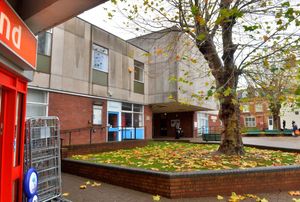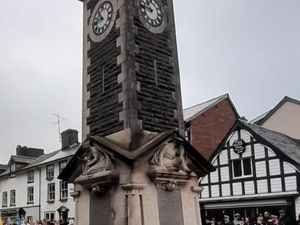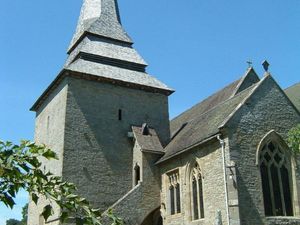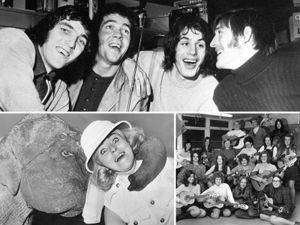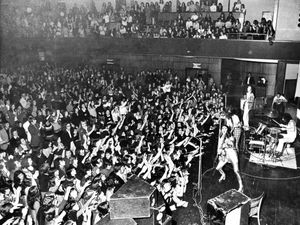Market Drayton then and now: Archive photos show how market town has changed
Market Drayton sits at the boundary of three counties - it has kinship with Staffordshire and Cheshire, but at heart it is a proud Shropshire market town.
And its status as a gateway to the county means traffic of all kinds has been making its way through Market Drayton for centuries, all of it leaving its mark.
Some of the photos from our archive show how much parts of the town have changed in the last half century - or in some cases, how little.
Market Drayton historian Peter Brown kindly lent his considerable expertise and conducted his own research to shine a light on some of the photos we dug up from our archives.
He is heavily involved with both the Market Drayton Museum & Resource Centre and the Market Drayton Civic Society.
Bridge over the River Tern, Newport Road
The old bridge carrying the A529 Newport Road over the River Tern at the southern edge of town seems almost quaint today, especially given the lorry traffic that uses it regularly.
It is pictured here in January 1974, when the process of replacing it with a wider bridge had begun. The new, wider bridge was built in stages so traffic could keep flowing during the works.
Peter said: "What interests me is the method of replacing the bridge — building a concrete one-carriageway bridge alongside (but not joined to) the old one, then presumably demolishing the old bridge and building a second concrete bridge joined to the first, carrying a second carriageway.
"If one looks at the structure now, there is no hint that it was built in two parts.
"This method would have enabled the road to stay open throughout.
"The old bridge would have been built by Staffordshire. The Pell Wall area was then in Staffordshire, the county boundary being altered to the line of the canal in 1966."
Now the bridge is secured with railings and acts as a more fitting entry point to the town. The view of St Mary's Church up on the hill remains.

What does it look like today?
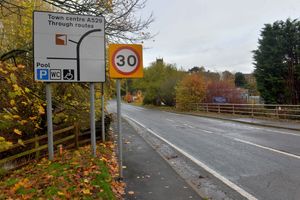
Junction of Phoenix Bank and Great Hales Street
Mr Brown's research indicates that these unassuming houses at the junction of Phoenix Bank and Great Hales Street could go back an extremely long way.
He said: "The two houses in the centre of the photograph may be the oldest inhabited sites in the town, dating from the late 16th century.
"By the mid-1980s they were derelict and were rescued by the Civic Society with the help of grants from the county and district councils and others.
"To the left of the buildings is Clive Steps, going up to the old grammar school and the church. In 1989 the Civic Society repaired the steps, installed new railings and landscaped the area below the steps."
You can make out the Stag's Head Inn on the right of the photograph, still frequented as a pub to this day.
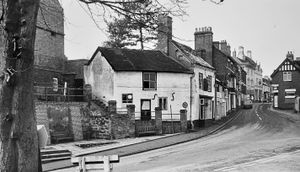
What does it look like today?
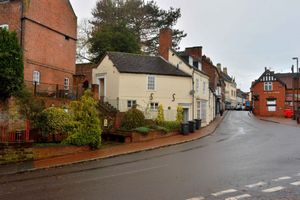
High Street
Mr Brown queried the date provided with this archive photo of the High Street, September 1991.
"I wondered whether the date is right, as the three cars whose registration numbers can be seen were first licensed in 1981 (two) and 1984.
"Unfortunately B177 VRJ is blocking what I really want to see. Is Queen Street open to traffic, and if so is it both ways?
"And is Stafford Street two-way traffic, as is implied by the positioning of OVH1 73X? Whereas now traffic going north up High Street can only turn left into Shropshire Street and has priority over traffic coming up Stafford Street, in the photo the traffic going north up High Street has to give way.
"I don’t know when Stafford Street and part of Shropshire Street were made one-way and Queen Street was pedestrianised. I feel that the road layout could still be that which pre-dated the opening of the bypass.
"All the shops whose signs are visible have changed between then and now, some more than once, except for the Cancer Research charity shop (furthest on the left). This was formerly Bennion’s, a stationery and paper shop, with a big stock of toys over the three floors."
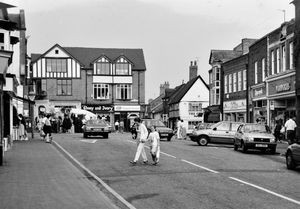
What does it look like today?
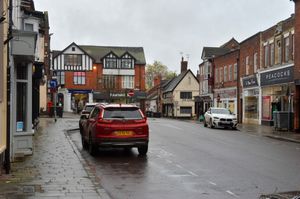
Methodist Chapel, Shrewsbury Road
Mr Brown said: "The first Wesleyan Methodist Chapel was built in 1807 on the corner between what is now Salisbury Road and Shrewsbury Road. It was enlarged in 1817 and a gallery added in 1842 - it is now owned by the Market Drayton Amateur Dramatic Society which uses it as a meeting, storage and rehearsal space.
"In August 1864 the foundations were laid for a new Gothic-style chapel to be built opposite the original chapel. The architect was George Bidlake of Wolverhampton and the builder Mr Tranter of St Georges. The chapel was completed in 1866.
"In November 1981 a freak gale caused irreparable damage to the chapel. In 1982 the decision was made to demolish the existing chapel and build a new one on the same site.
"It was also decided to amalgamate the Wesleyan chapel with the Primitive Methodist Ebenezer chapel on Frogmore Road, thus releasing that building for sale and subsequent conversion to the Festival Drayton Centre. The new Methodist church was opened on September 28, 1985."
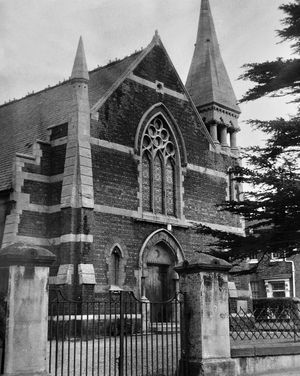
What does it look like today?
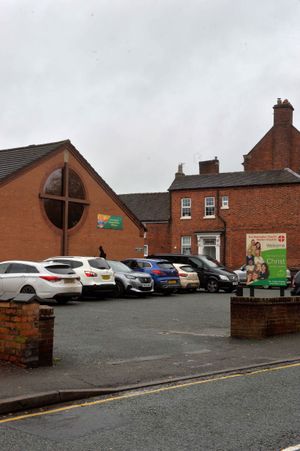
Court/library building, Cheshire Street
The two-tiered building in Cheshire Street at the centre of town is known today as the town's library.
It was built in the 1970s as a complex to host a magistrates court, a library and a health centre. It was officially opened by Arthur Sykes, who was the chair of the county council at the time.
Mr Brown said: "It was designed by the county architect’s department and built by M A Boswell (Contractors) Ltd of Shrewsbury. Work commenced in April 1972; the library and health centre were handed over in December 1973 and the courts in March 1974.
"Only the library service survives. The magistrates court closed about ten years ago, the information centre more recently. The health centre was superseded by the medical centre in Maer Lane more than twenty years ago, demolished and shops built on the site."
Legal firm Will Associates took over the old courtroom in 2016, preserving some of the unique judicial features including the dock.
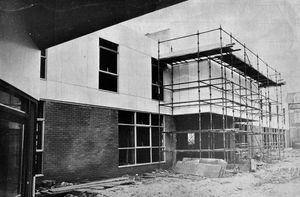
What does it look like today?
